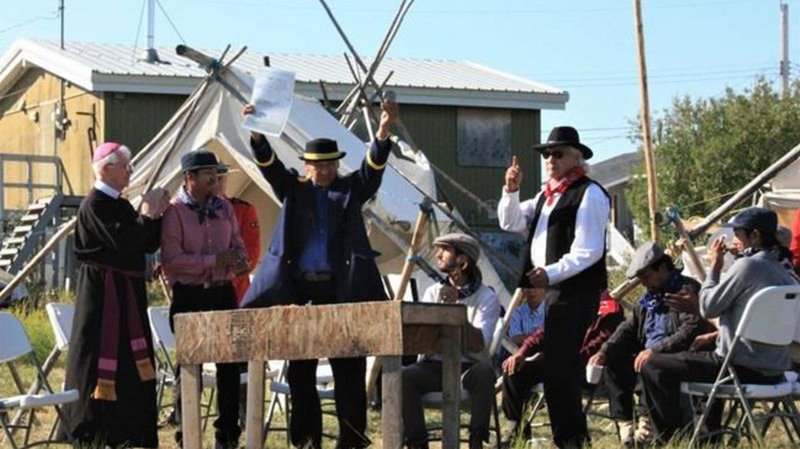
Tlicho reflect on legacy of Treaty 11 during 100-year celebrations
BEHCHOKǪ̀, N.W.T. — As some communities in the Northwest Territories gather to celebrate 100 years since Treaty 11 was signed, many Indigenous people are reflecting on what the historic agreement means today.
The last of the numbered treaties between the Canadian government and Indigenous people, Treaty 11 travelled by river to nine signatory communities in 1921 and 1922. The document, which covers 950,000 square kilometres of what is now Yukon, the Northwest Terriroties and Nunavut, affects several Dehcho, Tlicho, Sahtu and Gwich’in communities.
Indigenous chiefs signed what they believed at the time was a treaty of peace and friendship on the understanding their rights to trap, hunt and fish on their traditional territory would be protected. The Canadian government, meanwhile, wanted to gain control of the land to pursue mineral and oil-and-gas exploration.
“The original treaty that was done in 1921 was for the best interest of the Dominion, so that they can have access to the natural and non-renewable resources for the greater society,” said John Zoe, a senior adviser to the Tlicho government who was chief negotiator when the Tlicho Agreement was ratified in 2005. It was the first combined comprehensive land claim and self-government agreement in the N.W.T.

